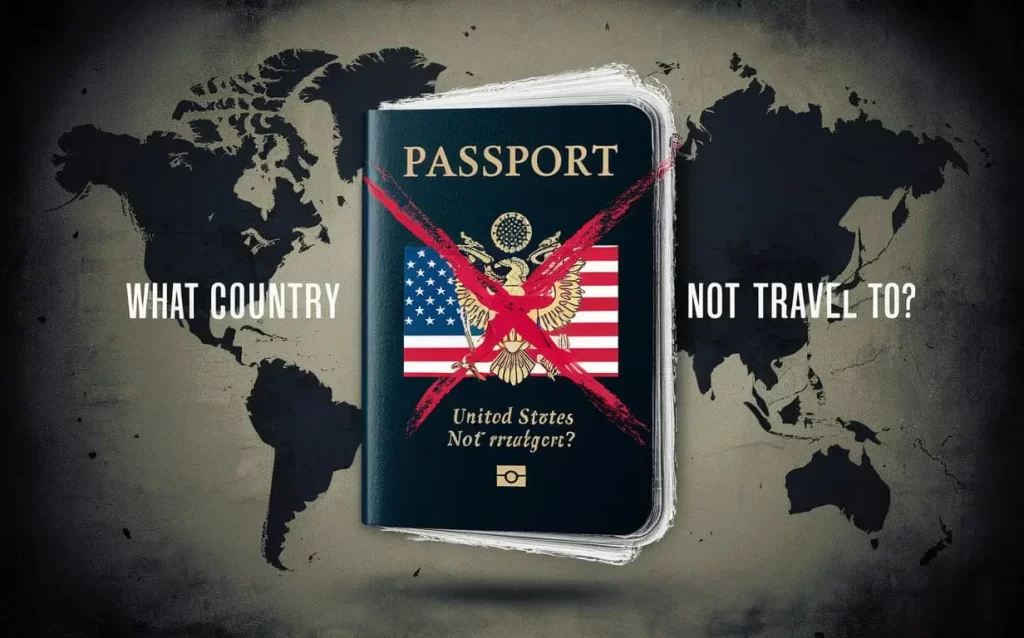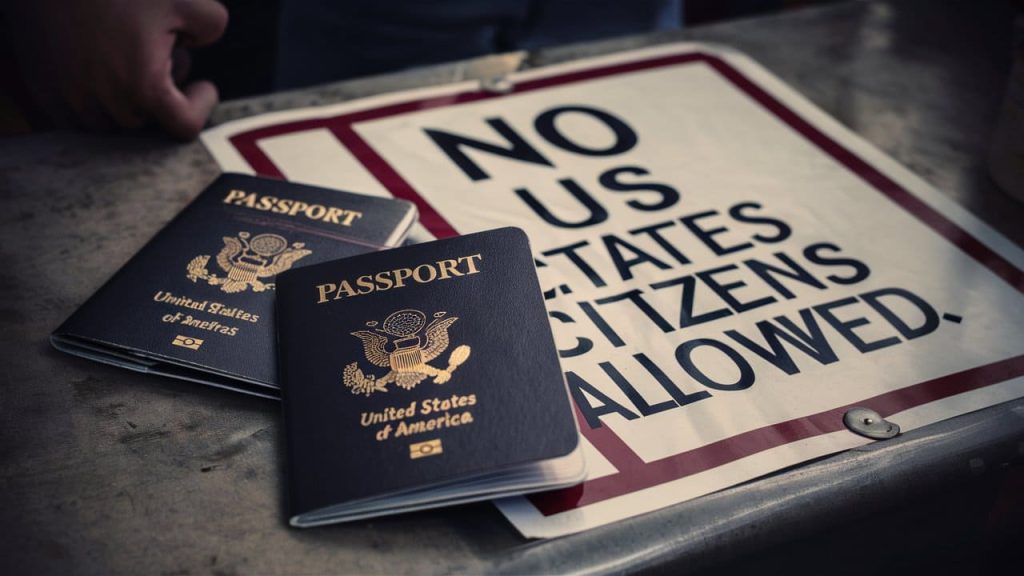When planning international travel, it’s crucial to stay informed about potential risks and restrictions. The U.S. government issues travel advisories to help citizens make informed decisions, categorizing destinations by safety levels. Among these advisories is the “Do Not Travel” list, which identifies countries considered too dangerous for US citizens Not Travel to. This article explores the countries currently on this list, why they’re included, and what you need to know before planning your next trip.

Content
Understanding the U.S. Travel Advisory System
The U.S. Department of State issues travel advisories for every country, organized into four levels:
- Level 1: Exercise Normal Precautions
- Level 2: Exercise Increased Caution
- Level 3: Reconsider Travel
- Level 4: Do Not Travel
Countries on the Level 4 list pose significant risks to travelers, whether due to conflict, natural disasters, terrorism, or severe health issues. The “Do Not Travel” designation is a clear warning for U.S. citizens to avoid these countries entirely.
List of Countries on the Do Not Travel List
As of the most recent update, several countries are on the U.S. Department of State’s “Do Not Travel” list. These include nations where ongoing conflicts, high crime rates, or extreme health risks make travel exceptionally dangerous. Notable countries on the list include:
- Afghanistan: Due to ongoing armed conflict, terrorism, and kidnapping.
- North Korea: Due to the risk of arrest and long-term detention.
- Syria: Due to terrorism, civil unrest, and armed conflict.
- Yemen: Due to terrorism, civil unrest, health risks, and armed conflict.
The complete list is regularly updated and reflects the current global landscape of risks to travelers.
U.S. Travel Ban Update Today
The “Do Not Travel” list is dynamic, with countries being added or removed based on evolving conditions. Today, the U.S. government closely monitors global events to provide timely updates. Recent adjustments have been influenced by geopolitical developments, including new conflicts or emerging health crises. Travelers should stay informed about these updates, as they directly affect where U.S. citizens can safely travel.
Why Certain Countries Are Off-Limits
Countries are placed on the “Do Not Travel” list for several reasons, including:
- Political Instability: Nations experiencing ongoing war, civil unrest, or government collapse.
- Terrorism: High threat levels from terrorist groups, posing risks of attacks or kidnappings.
- Health Crises: Outbreaks of diseases like Ebola or COVID-19, where infrastructure cannot manage the crisis.
- Criminal Activity: Regions with rampant crime, including violence, robbery, and kidnapping targeting foreigners.
Each of these factors contributes to the U.S. government’s decision to issue a Level 4 advisory.

Consequences of Traveling to Banned Countries
Ignoring the “Do Not Travel” advisory can have serious consequences. U.S. citizens may face increased risks of harm, including arrest, detention, or injury. Additionally, the U.S. government’s ability to assist travelers in these countries may be extremely limited or non-existent. Travelers returning from banned countries might also face legal scrutiny or other penalties upon re-entry to the United States.
How to Stay Informed About Travel Restrictions
For those planning international travel, staying informed is essential. The U.S. Department of State’s website provides up-to-date travel advisories, including the “Do Not Travel” list. Additionally, travelers can enroll in the Smart Traveler Enrollment Program (STEP) to receive updates and alerts about their destinations. These resources help ensure that you are well-prepared and safe during your travels.
Conclusion
Understanding the U.S. travel advisory system and the “Do Not Travel” list is vital for anyone considering international travel. By staying informed about current restrictions and potential risks, U.S. citizens can make safer choices and avoid dangerous situations. Always check for the latest updates before planning your trip and remember that safety should be your top priority when exploring the world.

An avid traveler, Kirk Grover has been to over 50 countries. He has an extensive background in tourism and hospitality management, along with a degree in Hospitality Management from the University of Nevada Las Vegas. Kirk is very knowledgeable about travel-related topics – they are always up to date on the latest deals for flights, hotels, and other adventures around the world.











